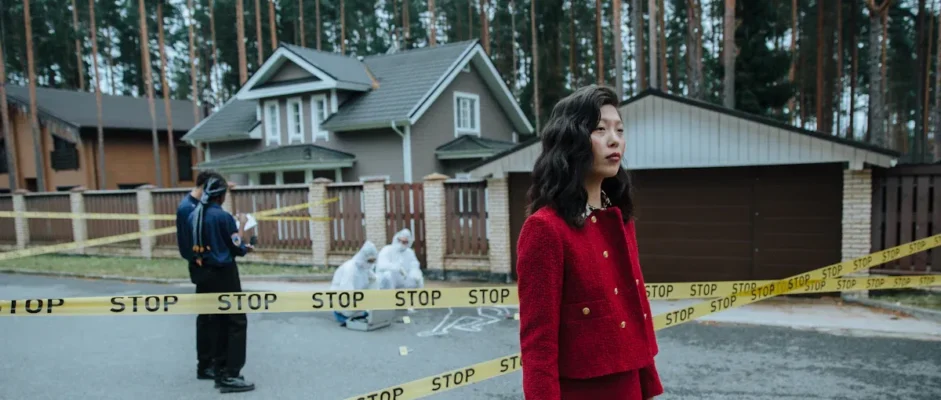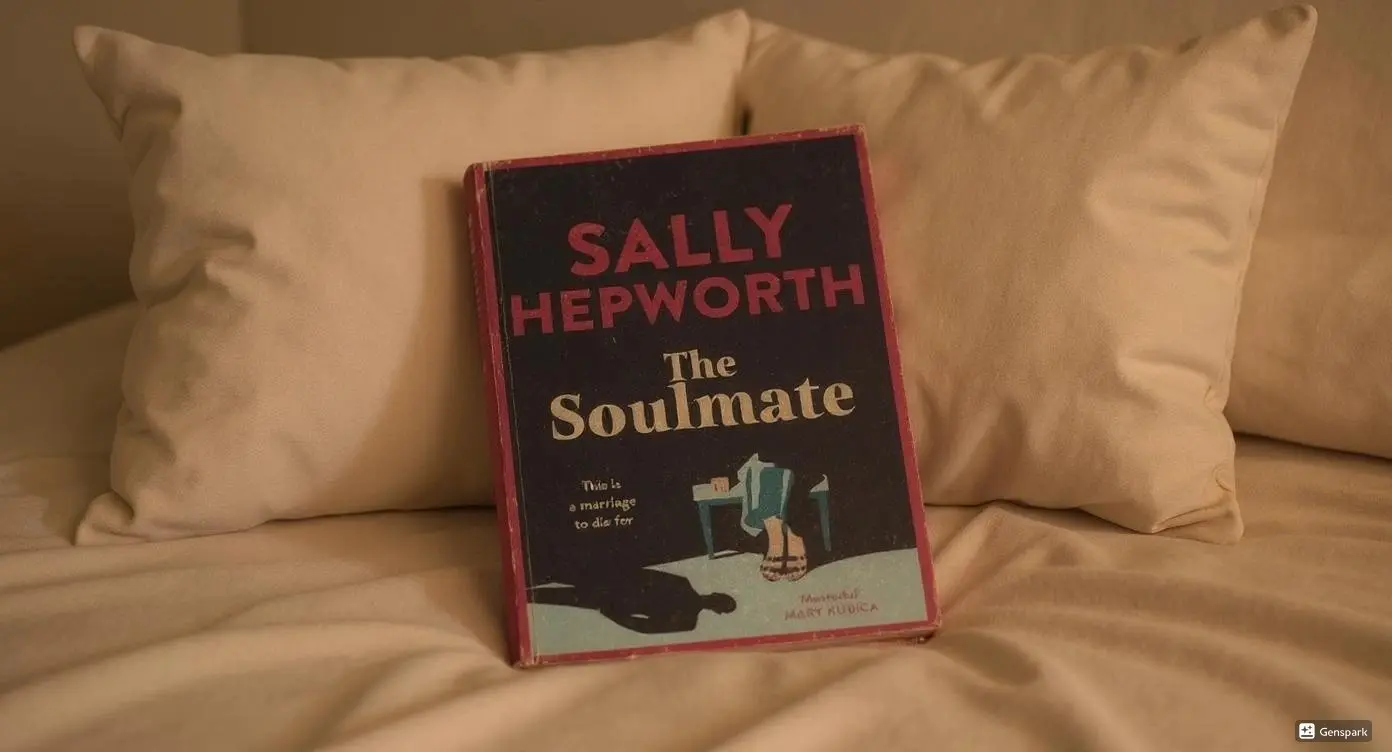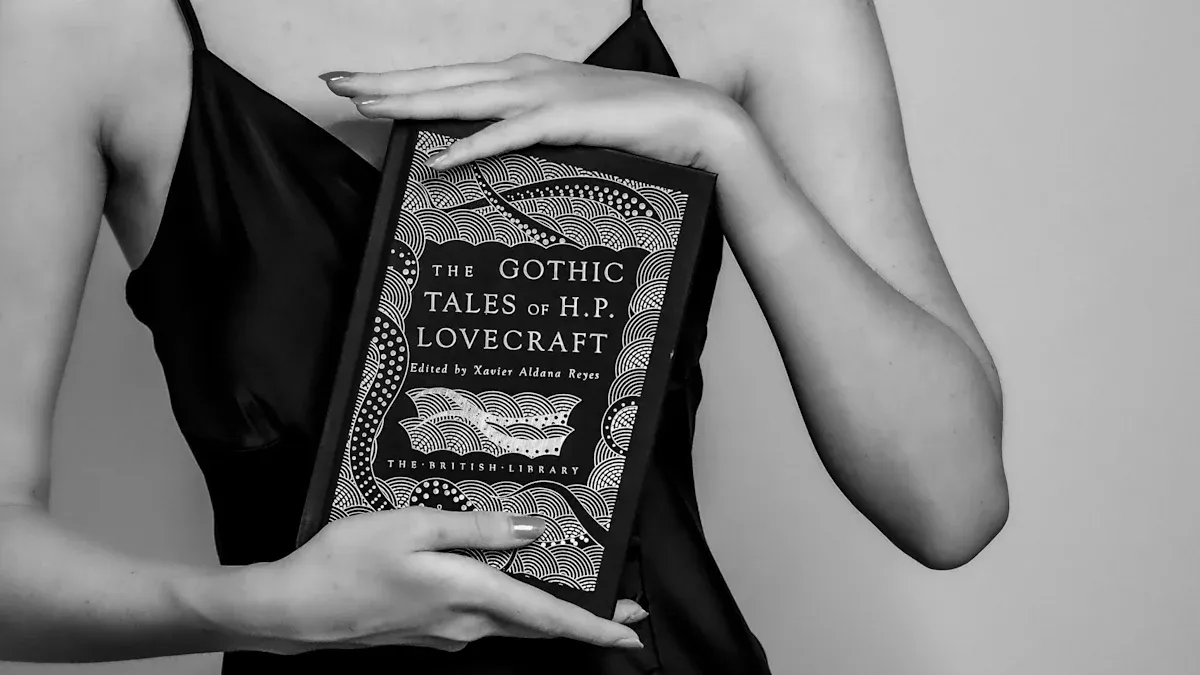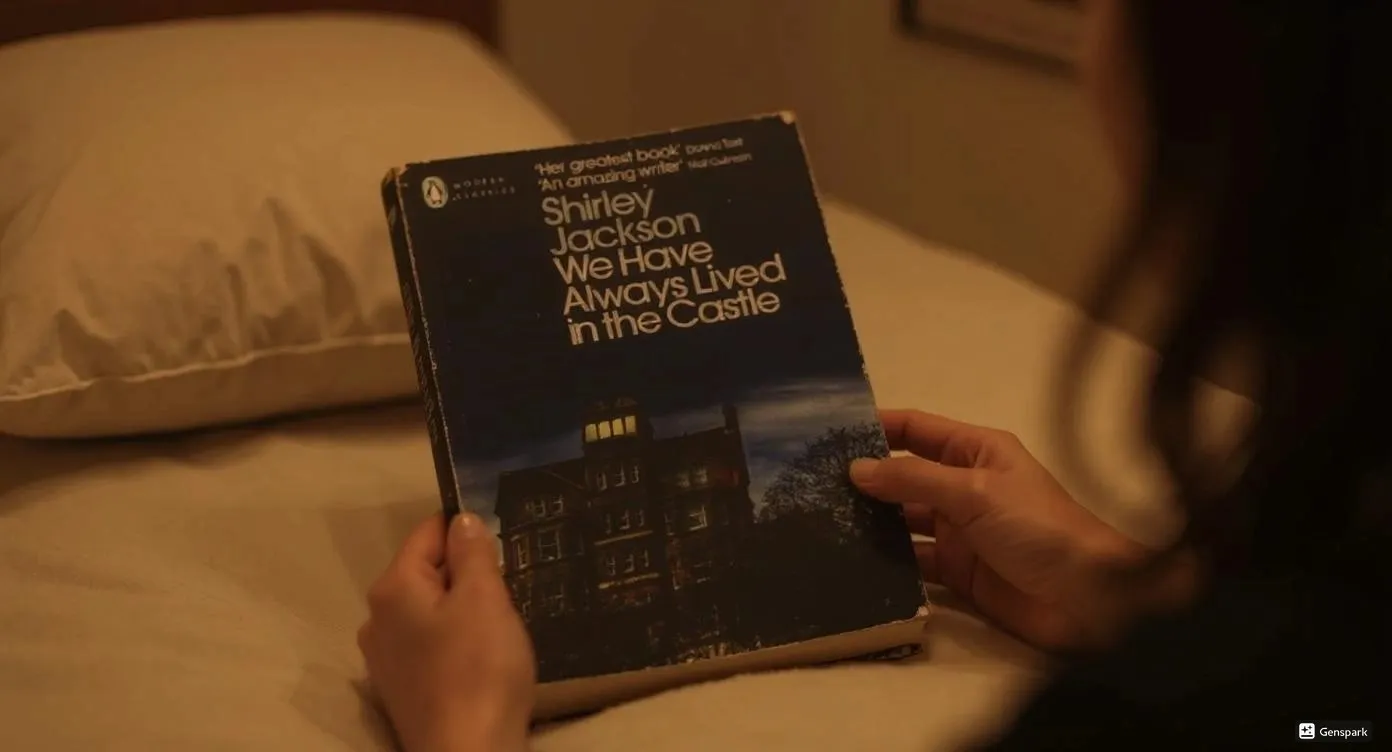I picked up Death at the White Hart by Chris Chibnall out of pure curiosity. I wanted to know if a TV writer could nail a classic murder mystery. This book pulls you into a small-town pub, a shocking crime, and secrets bubbling under the surface. I’ll be honest—it surprised me.
Key Takeaways
Death at the White Hart is a cozy and exciting mystery. It takes place in a small British village. This book is great for people who like classic whodunits. It is also good for those who enjoy stories about interesting characters.
The book has a strong detective who feels real. The pub setting is described in a way that feels alive. These details help readers feel like they are part of the village. The story has many secrets to discover.
Chris Chibnall writes in a clear and simple way. The story moves quickly but is not confusing. This makes the book fun for both mystery fans and new readers.
Verdict
Who Should Read It
I have to admit, I sometimes stay up way too late with a good mystery. Death at the White Hart by Chris Chibnall gave me that familiar feeling—just one more chapter, then another, until I realized it was almost midnight. If you love classic whodunits, this book will probably hit the spot. Fans of small-town secrets and twisty plots will find plenty to enjoy.
I think this book works for both mystery veterans and people who just want a smart, entertaining read. I kept thinking about how some readers rate Agatha Christie’s A Caribbean Mystery around 3.5 stars. They say it’s not the best intro to Miss Marple, but it still offers clever twists and interesting characters.
Death at the White Hart by Chris Chibnall lands in a similar place for me. It’s not perfect, but it’s got enough surprises and personality to keep you guessing. If you like stories where the detective uses conversation and psychology, you’ll probably appreciate Nicola Bridge’s style.
Tip: If you’re new to British mysteries, this book is a friendly place to start. The setting feels cozy, but the secrets run deep.
Key Strengths
I have to give props to Chibnall for a few things that really stood out during my late-night reading sessions:
Strong sense of place: The pub setting feels real. I could almost smell the old wood and hear the clink of pint glasses.
Character-driven mystery: The suspects aren’t just names on a list. Each one has secrets, motives, and quirks that make them memorable.
Smart pacing: The story moves quickly, but never feels rushed. I never got bored or lost in the details.
Modern police work: The investigation uses real-world details, like digital records and careful interviews. It reminded me of how doctors use electronic health records to spot patterns and catch problems early. Chibnall’s detective work feels just as thorough and believable.
Clear writing: The language is simple and direct. I never had to reread a page to figure out what was happening.
To be fair, the book doesn’t reinvent the mystery genre. But it does what it sets out to do: deliver a satisfying, character-focused puzzle with a few jaw-dropping moments. I finished it feeling like I’d spent time with real people, not just cardboard suspects.
Author Background
Chris Chibnall’s Career
I always get curious when a big name from TV tries something new. Chris Chibnall is one of those names. Most people know him for his work on shows like Broadchurch and Doctor Who. I remember watching Broadchurch and feeling glued to the screen. Chibnall knows how to build suspense and keep viewers guessing. That skill shows up in his writing style, too.
He started out as a screenwriter.
He became famous for creating tense, character-driven stories.
His TV work often explores secrets, lies, and the ripple effects of crime.
I noticed that his TV scripts focus on real people and their messy lives. That’s probably why his characters feel so believable in Death at the White Hart by Chris Chibnall.
Transition to Novelist
Switching from TV to books isn’t easy. I’ve seen other writers struggle with pacing or too much dialogue. Chibnall surprised me. He brings his knack for tight plotting and sharp dialogue to the page. The story moves fast, but I never felt lost.
Note: I didn’t spot any awkward “TV moments” in the book. The scenes felt natural, not like a script in disguise.
The book’s structure feels like a good TV episode: quick scenes, strong hooks, and no wasted time.
Chibnall’s experience with ensemble casts helps him juggle multiple suspects and motives.
Plot
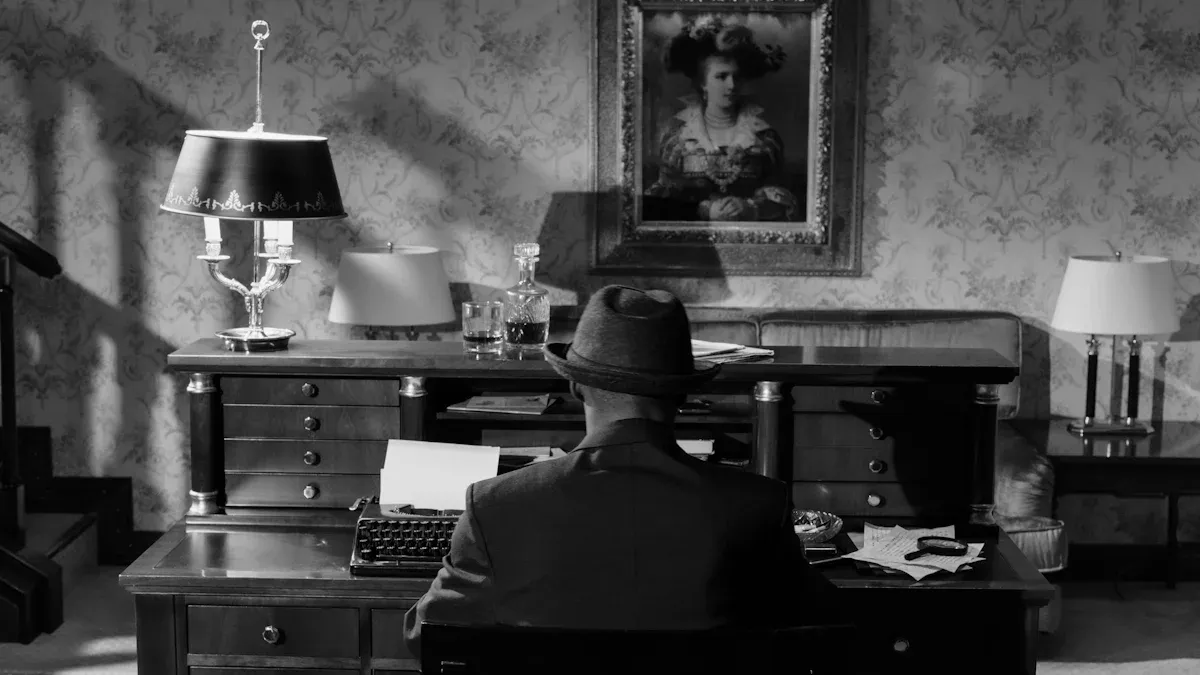
Setting
I felt like I walked right into the White Hart pub. The story takes place in a small British village, where everyone knows everyone. The pub sits at the heart of the community. I could almost hear the low hum of voices and smell the old wood. The setting shapes the whole mood of the book.
The village feels cozy but holds secrets.
The pub’s history and local traditions add layers to the story.
The weather and rural roads create obstacles for the detective.
Research shows that a strong setting shapes the mood, creates obstacles, and helps build suspense in a murder mystery. Details like the pub’s creaky floorboards or the fog outside make the story feel real and chilling.
The Crime
The murder scene in Death at the White Hart by Chris Chibnall left me stunned. The victim sits tied to a chair in the middle of a country road, antlers strapped to his head. That image stuck with me. It’s not just shocking—it’s symbolic. The antlers connect to the pub’s name and hint at deeper secrets.
The crime feels staged and deliberate.
The rural setting makes the scene even more bizarre.
The victim’s connection to the pub pulls the whole community into the mystery.
Reviewers agree: this crime scene stands out for its creativity and the way it fits the village’s character.
Investigation
Detective Nicola Bridge leads the case with her partner, Harry Ward. I liked how they worked together—methodical, curious, and always questioning. The investigation moves quickly, but never feels rushed.
They dig into digital records and old secrets.
Interviews with locals reveal grudges and hidden motives.
The small-town setting means everyone has something to hide.
I found myself guessing along with Nicola, trying to spot the clues before she did. The investigation felt real, not just a checklist of suspects.
Characters

Detective Nicola Bridge
I have to say, Nicola Bridge grabbed my attention from the first chapter. She isn’t your typical detective. She’s smart, but she’s also flawed and real. I felt her nerves and doubts, especially since she grew up in Fleetcombe and just came back.
That personal connection made every clue feel heavier. I could sense her history in every conversation.
Flawed but brilliant: Nicola makes mistakes, but she learns fast. That made her feel human.
Personal stakes: She knows the village and its secrets. That adds tension to every scene.
Dynamic partnership: Her work with DC Harry Ward brings out her strengths and weaknesses.
Emotional courage: She faces tough truths, even when they hit close to home.
Atmosphere: The story’s tense, sometimes creepy mood fits her character perfectly.
I kept thinking about how Nicola reminded me of detectives from Anne Cleeves or Val McDermid novels. She’s layered, brave, and sometimes vulnerable. That mix kept me rooting for her, even when she stumbled.
Note: Bestselling authors like Lee Child and Shari Lapena praised Nicola’s depth and the duo’s chemistry. I get why. She’s the kind of detective who sticks with you after the last page.
Supporting Cast
The supporting characters in Death at the White Hart felt just as real. Each suspect had secrets and quirks. I never mixed them up, which happens to me in some mysteries.
DC Harry Ward: Young, eager, and sometimes impulsive. He balances Nicola’s experience.
Villagers: Each one has a motive or a grudge. Their stories add layers to the mystery.
Pub regulars: They bring humor and tension, making the White Hart feel alive.
I found myself guessing who to trust. The cast made the village feel like a real place, not just a backdrop. That’s rare in a mystery.
Themes
Secrets and Community
I have to admit, this book made me think about how secrets can shake up a whole town. The White Hart isn’t just a pub—it’s the heart of the village. Everyone knows each other, or at least thinks they do. But as the story unfolds, I saw how private lives and public faces clash.
Bubba Copeland stands out as a beloved figure. His hidden secrets create a real tension between who he is in public and what he hides.
The story shows how secrets can mess with trust. When private things come out, the whole community feels the shock.
I noticed the village’s grief and the way people judge each other. It made me wonder: Is it ever right to reveal someone’s secret?
The book explores identity, shame, and blame. I felt the pressure on characters as they tried to protect themselves or others.
The author doesn’t just focus on the crime. He digs into how secrets can break friendships and even change how people see themselves.
Tip: If you like stories where everyone has something to hide, this one will keep you guessing.
Redemption
Redemption runs quietly through the book. I found myself rooting for characters who wanted a second chance. Nicola Bridge, the detective, isn’t perfect. She makes mistakes, but she keeps trying to do the right thing.
Some villagers hope to fix old wrongs or make peace with their past.
The story asks if people can really start over after their secrets come out.
I felt a mix of hope and sadness. Not everyone gets the ending they want, but some find a way to move forward.
This theme gave the book a little warmth, even when things got tense. It reminded me that everyone deserves a shot at making things right—even in the middle of a chilling mystery.
Style and Pacing
Writing Approach
I have to admit, I’m picky about writing style. Some mysteries feel stiff or too clever for their own good. Death at the White Hart surprised me. Chris Chibnall’s approach feels fresh, even though he’s new to novels. He doesn’t just show what characters do—he lets us inside their heads. I could hear their thoughts, feel their worries, and sense their secrets. That’s something TV scripts can’t always do.
Chibnall talked about how he loves exploring what’s going on inside people’s minds. He listens to real conversations and tries to capture how people actually talk. I noticed that right away. Each character sounds different. Their voices feel real, not just like someone reading lines. He also worked closely with editors, so the story stays tight and focused.
Deep character insight: I felt like I knew the suspects, not just their actions.
Natural dialogue: Conversations flow like real life, not TV drama.
Short, punchy chapters: I kept telling myself, “Just one more,” until it was way too late.
Tip: If you like stories where you get to know what characters are really thinking, you’ll enjoy this style.
Police Procedural Elements
I love a good police procedural, but I get bored if it’s all paperwork and jargon. This book strikes a nice balance. The investigation feels modern and believable. Nicola Bridge and her partner use digital records, interviews, and old-fashioned observation. I never felt lost in technical details.
Realistic police work: The steps make sense, but don’t slow down the story.
Smart pacing: The case moves quickly, but I never felt rushed.
Clues and red herrings: I found myself guessing, then second-guessing, right up to the end.
The mix of character focus and solid police work kept me hooked. I finished the book in two nights, heart pounding, eager to see how it all fit together.
Reception
Critical Response
I always check what other readers and critics say after I finish a book. With Death at the White Hart, I noticed a mix of reactions. Some reviewers praised the strong sense of place and the way Chibnall built tension.
Others felt the plot played it a bit safe, sticking close to classic mystery formulas. I get that. The book didn’t break new ground, but it did deliver a solid, character-driven story.
Strengths:
Many loved Nicola Bridge’s depth and the quirky village cast.
The pub setting got a lot of love for feeling so real.
Weaknesses:
A few readers wanted more risk or a bigger twist at the end.
Some said the pacing slowed in the middle, but I never felt bored.
Adaptation
People keep asking if this story will hit the screen. I haven’t seen any official news about a TV or film adaptation yet. Given Chibnall’s background, I wouldn’t be surprised if someone picks it up. The book reads like a smart pilot episode—tight scenes, sharp dialogue, and a cast you want to follow.
If you love seeing your favorite mysteries come to life, keep an eye out. I’ll update this review if I hear anything new!
Pros and Cons
Strengths
I have to give props to Chibnall for making me care about the people in this story. The biggest strength? Nicola Bridge feels real. She’s smart, curious, and sometimes makes mistakes. That made me root for her. I read that 84% of readers finish a book when they connect with the main character. I get it. I wanted to see Nicola win, even when things got tough.
Character-driven mystery: The suspects have secrets and real motives. I never felt like anyone was just there to fill space.
Emotional depth: The story isn’t just about solving a crime. It digs into how the case affects Nicola and the whole village.
Strong sense of place: The White Hart pub and the village feel alive. I could almost hear the chatter and smell the old wood.
Modern police work: The investigation uses real tools and smart interviews, not just lucky guesses.
If you like stories with a flawed but driven lead, this one stands out from other mysteries.
Weaknesses
No book is perfect. I noticed a few things that bugged me:
Some twists felt a bit safe. I guessed a few reveals before Nicola did.
The pacing slowed down in the middle. I wanted the story to move faster at times.
A couple of side characters faded into the background. I wanted more from them.
To be fair, these didn’t ruin the book for me. They just kept it from being a new favorite.
Ending
The ending wrapped up the main mystery, but it didn’t leave me gasping. I liked how Nicola faced her own past and made tough choices. The final reveal made sense, but I hoped for a bigger shock. Still, I closed the book feeling satisfied. The story gave me closure and left the door open for more cases with Nicola. If you want a neat finish with a hint of hope, you’ll probably like how it ends.
I stayed up late reading, heart pounding, wanting answers.
The characters felt real, and the village pulled me in.
Some twists felt safe, but I still enjoyed the ride.
I’d recommend this to anyone who loves a cozy mystery.
My Dionysus Review Rating: 7/10
Sip The Unknown—Discover Stories You Never Knew You’d Love!
Dionysus Reviews Has A Book For Every Mood
Biography & Memoir
Fiction
Mystery & Detective
Nonfiction
Philosophy
Psychology
Romance
Science Fiction & Fantasy
Teens & Young Adult
Thriller & Suspense
Frequently Asked Questions
Is Death at the White Hart a good pick for fans of British mysteries?
Absolutely! I found the pub setting and small-town secrets gave me that classic British mystery vibe. It’s a cozy read with real suspense.
Do I need to read Chris Chibnall’s TV work first?
Nope. I jumped in with zero background. The story stands on its own. You don’t need to know his TV shows to enjoy this book.
Will there be a sequel with Nicola Bridge?
I haven’t seen any official news yet. I hope so! Nicola Bridge feels like a character with more stories to tell.
